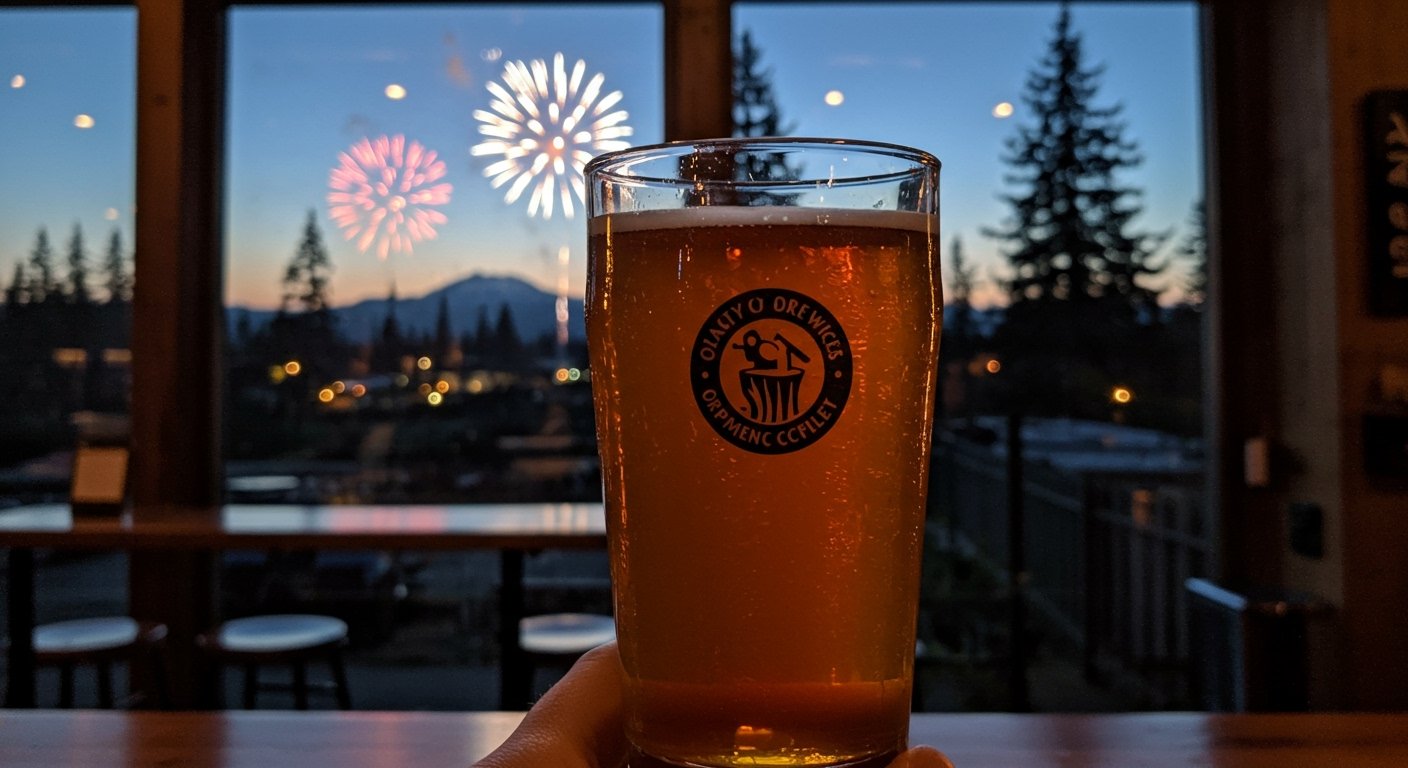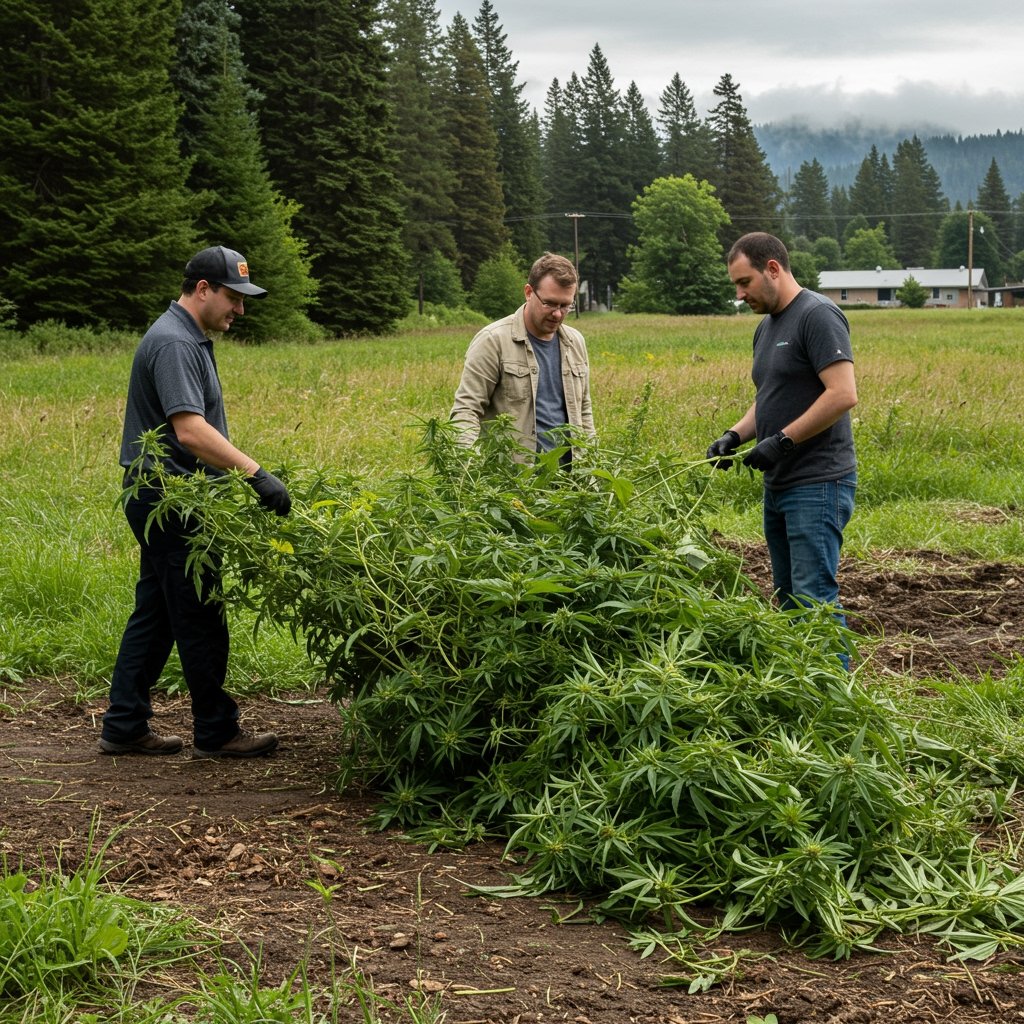Oregon’s renowned craft beer industry, a significant contributor to the state’s economy and cultural identity, finds itself at a pivotal moment. Facing a challenging economic climate marked by declining sales and increasing closures, brewers across the state are pinning their hopes on the upcoming Fourth of July holiday, traditionally the busiest sales period of the year for the sector.
Fourth of July’s Pivotal Role
The Fourth of July stands as the undisputed top beer-selling holiday in the United States. This single holiday period is so significant that it historically accounts for nearly 5% of U.S. brewers’ annual sales within just two weeks surrounding the date. Data from the Brewers Association underscores this importance, showing that beer sales historically increase by a substantial 25% in the week leading up to the Fourth of July. For Oregon’s breweries, many of which are small independent businesses, the sales generated during this brief window are not merely a seasonal boost; they represent a critical infusion of revenue needed to sustain operations through leaner periods of the year.
Industry analysts are closely watching this year’s holiday performance. The sales figures generated around the Fourth of July will serve as a crucial key indicator for the overall state of the craft beer industry, offering insights into consumer spending trends and the sector’s ability to rebound from recent setbacks.
Navigating a Challenging Market
The optimism surrounding the holiday arrives amid a period of significant contraction for the craft beer market. After years of robust growth, the industry has experienced a notable downturn. According to recent data, craft beer sales across the nation declined by -1% in 2023. This negative trend has not only persisted but accelerated into the current year, with sales registering a further decline of -4% in 2024. Disturbingly, this downward trajectory appears to be continuing into 2025, signaling a sustained challenge for breweries operating in an increasingly competitive and costly environment.
This downturn has had tangible consequences on the ground, particularly in states like Oregon, which boast a high concentration of craft breweries.
Industry Leadership Weighs In
The gravity of the situation is not lost on industry leaders. Sam Pecoraro, who serves concurrently as the President of the Oregon Brewers Guild and is a seasoned brewmaster at Von Ebert Brewing, articulated the precarious position many breweries find themselves in.
“Oregon breweries face major challenges with slumping sales and record closures,” Pecoraro stated, highlighting the difficult operating conditions prevalent across the state. He emphasized the critical dependence on seasonal peaks to weather the financial storms. “[They are] relying on summer sales to navigate leaner months,” Pecoraro added, underscoring just how vital the revenue generated during this peak consumption period, particularly around the Fourth of July, is for the survival and stability of local businesses.
Economic Cornerstone Facing Pressure
Oregon’s craft beer sector is far more than just a collection of breweries; it is a fundamental pillar of the state’s economy. The state is home to more than 300 breweries, ranging from small neighborhood taprooms to larger production facilities, contributing significantly to job creation and economic output. Annually, the industry is responsible for creating 46,700 jobs across Oregon. These jobs generate approximately $2.8 billion in wages and fuel an impressive $8.9 billion in total economic activity within the state each year. This economic footprint highlights the broad impact that the health of the brewery industry has on communities and families throughout Oregon.
Despite this substantial contribution, the economic pressures have taken a toll. In the past two years alone, Oregon has seen the closure of at least 70 breweries, taprooms, or brewpubs. This wave of closures represents not just the loss of businesses, but also the loss of jobs, community gathering spaces, and tourist attractions that are integral to Oregon’s identity.
Broader Headwinds
Beyond the direct impact of declining sales figures, Oregon’s brewers are grappling with a confluence of other challenging factors. These include persistent issues such as inflation, which drives up the cost of raw materials and operations; ongoing supply chain issues, which can disrupt production schedules and increase costs; employee shortages, making it difficult to staff facilities adequately; the impact of tariffs on imported goods essential for brewing; and a broader, industry-wide trend of an overall decrease in beer consumption.
These combined headwinds create a complex and difficult operating environment, making the performance during peak sales periods like the Fourth of July even more critical for navigating the year.
As the holiday weekend approaches, the stakes are exceptionally high for Oregon’s craft brewers. The sales performance over these crucial few days will not only contribute significantly to annual revenues but will also provide a vital barometer for the industry’s resilience and potential path forward amidst significant economic challenges. The hope is that consumer support during this peak period will help sustain these vital local businesses and the substantial economic benefits they bring to the state.




